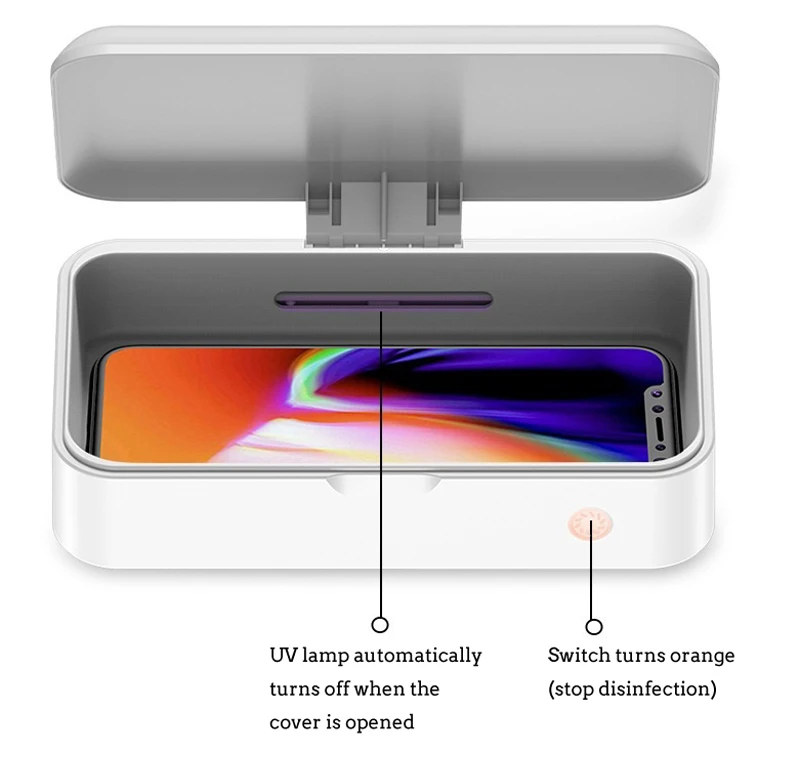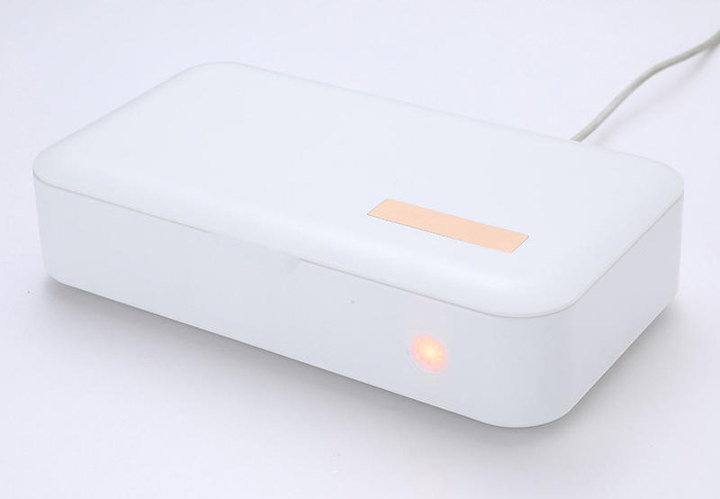This morning, as I browsed the web looking for products or other news, I found out that Banggood was selling a $23 UV sterilizer disinfection box that can clean & disinfect your smartphone, and other small items like surgical masks, using 3-minute of exposure to ultraviolet light.
I suppose it showed up in the new arrival feed because of the COVID-19 pandemic, and a relevant entry on Wikipedia states that UV light can kill bacteria and viruses since it destroys DNA and RMA. It works on humans too, and when I say work, it means humans should not subject themselves to strong UV light since it will damage their DNA too.
An article on Digital Trends mentions that while there aren’t many studies about the UV light effect on SARS-CoV-2, the virus causing COVID-19, it’s been shown to be effective against the similar SARS and MERS viruses, and hospitals are using robots zapping UV light to disinfect hospital rooms while face masks are being cleaned with UV treatment to allow reuse in this time of shortage.
Some basic specifications:
- Lights
-
Wavelength – 254nm
-
Lamps – 2x 2W
- Lamp life: 20000h
-
- Disinfection time – 3 minutes with LED indicator for status
- Input voltage: 5V 1A
- Dimensions
- External – 210 x 116 x H41mm
- Internal – 200 x 100 x 22mm
- Weight: 264g
- Material: ABS

For safety reasons, the box is hermetic in order to prevent UV light from leaking, and the UV lamp will turn off automatically when the lid is opened which may not be a bad idea since some people may decide to disinfect their hands that way, and it’s not safe, although I am not sure how much damage can be done with two 2W UV lights… [Update: Apparently a lot see comment]

Jean-Luc started CNX Software in 2010 as a part-time endeavor, before quitting his job as a software engineering manager, and starting to write daily news, and reviews full time later in 2011.
Support CNX Software! Donate via cryptocurrencies, become a Patron on Patreon, or purchase goods on Amazon or Aliexpress





